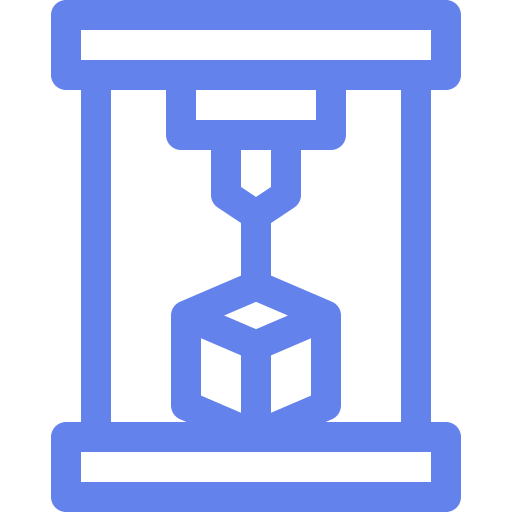

I haven’t tried it myself yet but from the results I’ve seen online it seems like a good way to decrease roughness. But you still you have to print with a low layer height since larger layers result in deeper crevices which can’t be mitigated by the vapor. And its nothing I would try without proper safety measures. Of course you can also sand and polish your surfaces by hand but especially larger surfaces get really tedious really quick :D

I guess there’s always something new to learn. But while it’s tested with PEEK (and other high performance thermosplastics) I am curios if it works with more customer-grade materials like PET(G), ASA, PLA or PS, since those have a far lower melting range compared to PEEK. Also most users are probably not willing to pay the price of PEEK or other high performance materials. Nevertheless its a really interesting method i wasn’t aware of yet, maybe it will become the new standard for industrial FDM in a few years. Thanks for sharing!